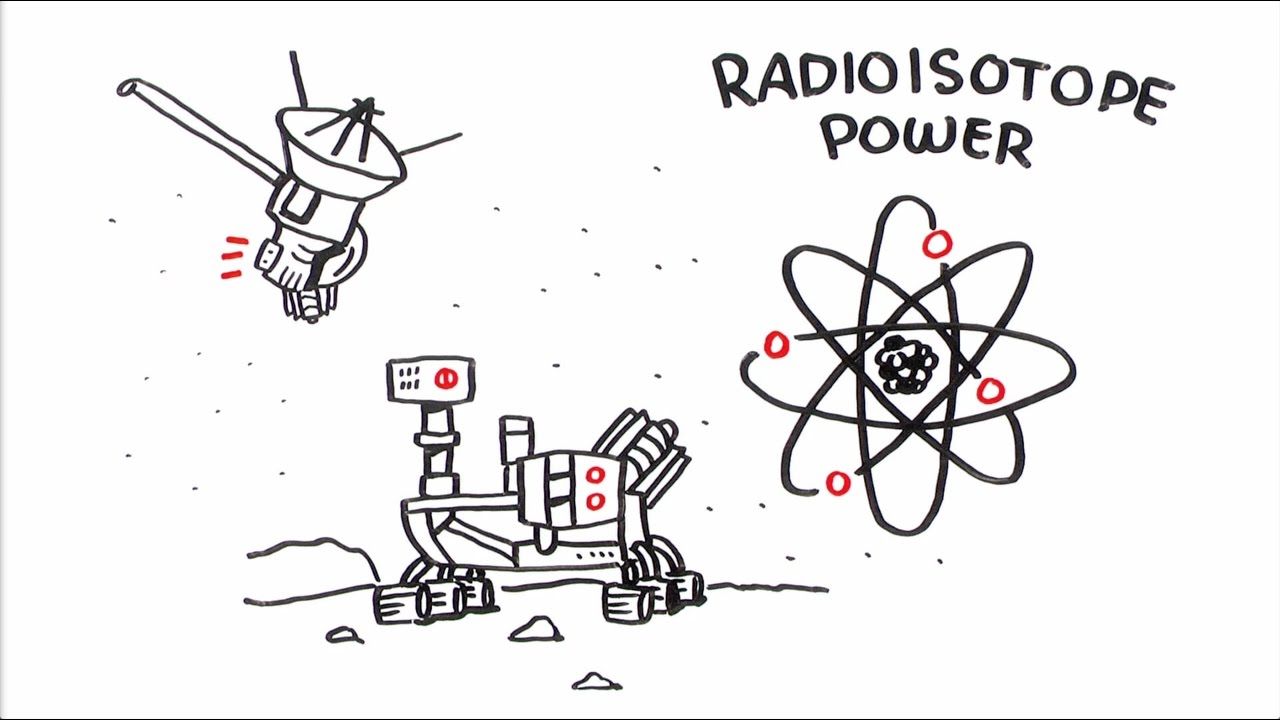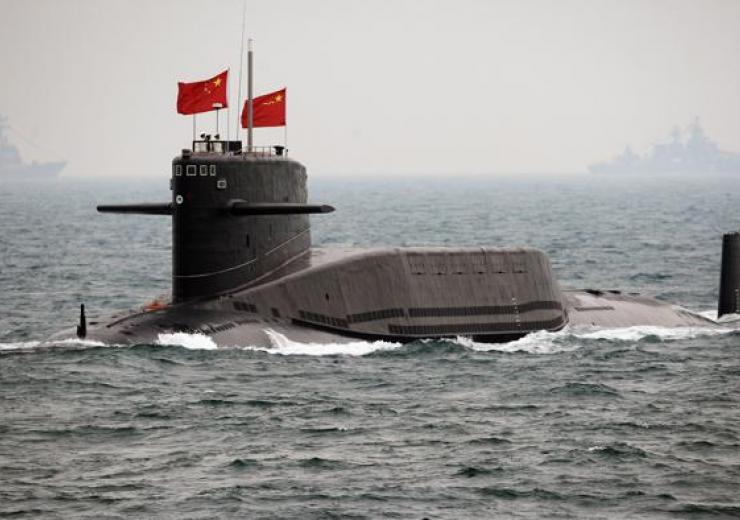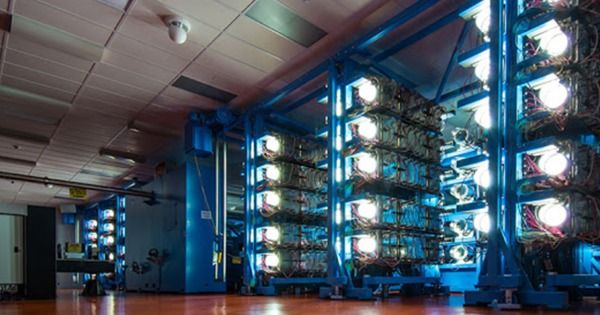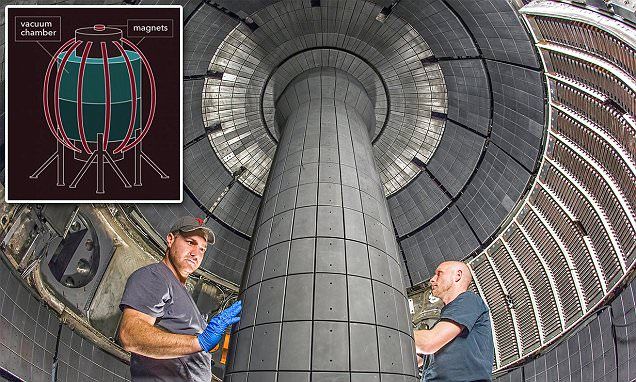In Brief:
Researchers have proposed an alternative way to generate super-strong magnetic fields that would solve the hindrances keeping us from harnessing the Faraday effect to its full use. More research and experimentation are needed to test the method.
In the quest to harness the powers of the Faraday effect, which would allow better control and management of nuclear fusion as well as astrophysical processes in laboratories, researchers propose a new way to generate stronger magnetic fields.








